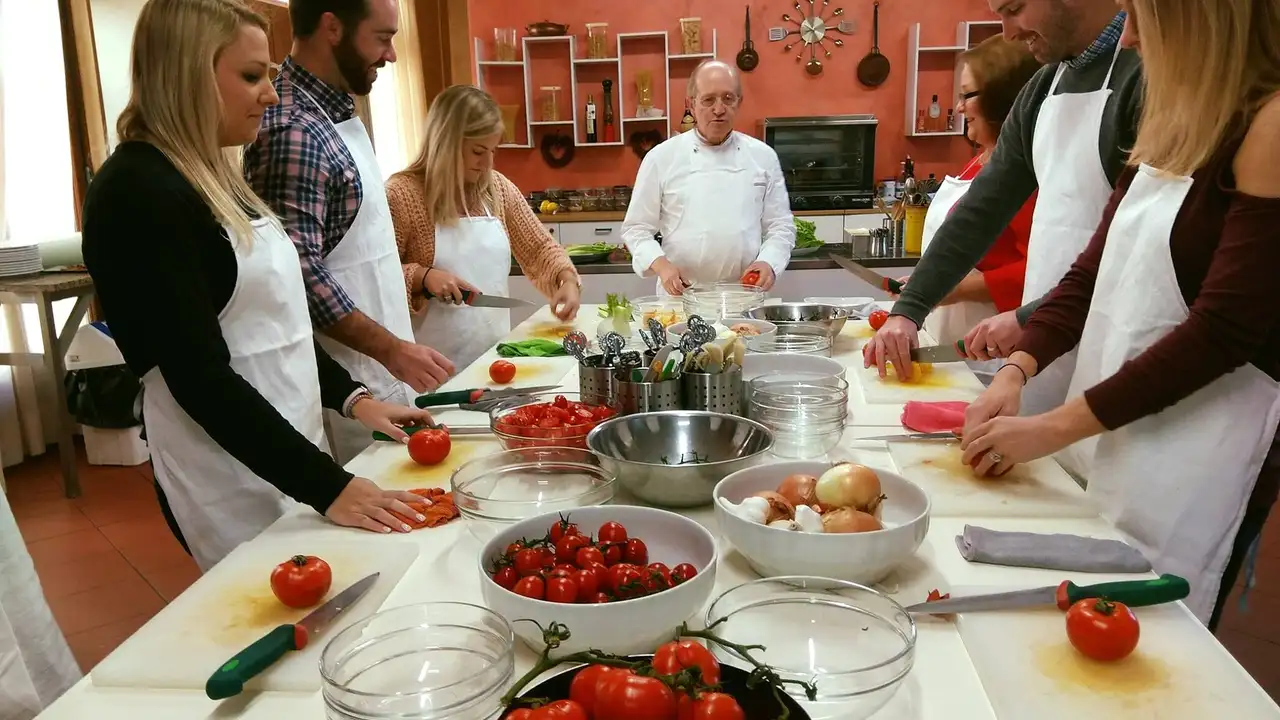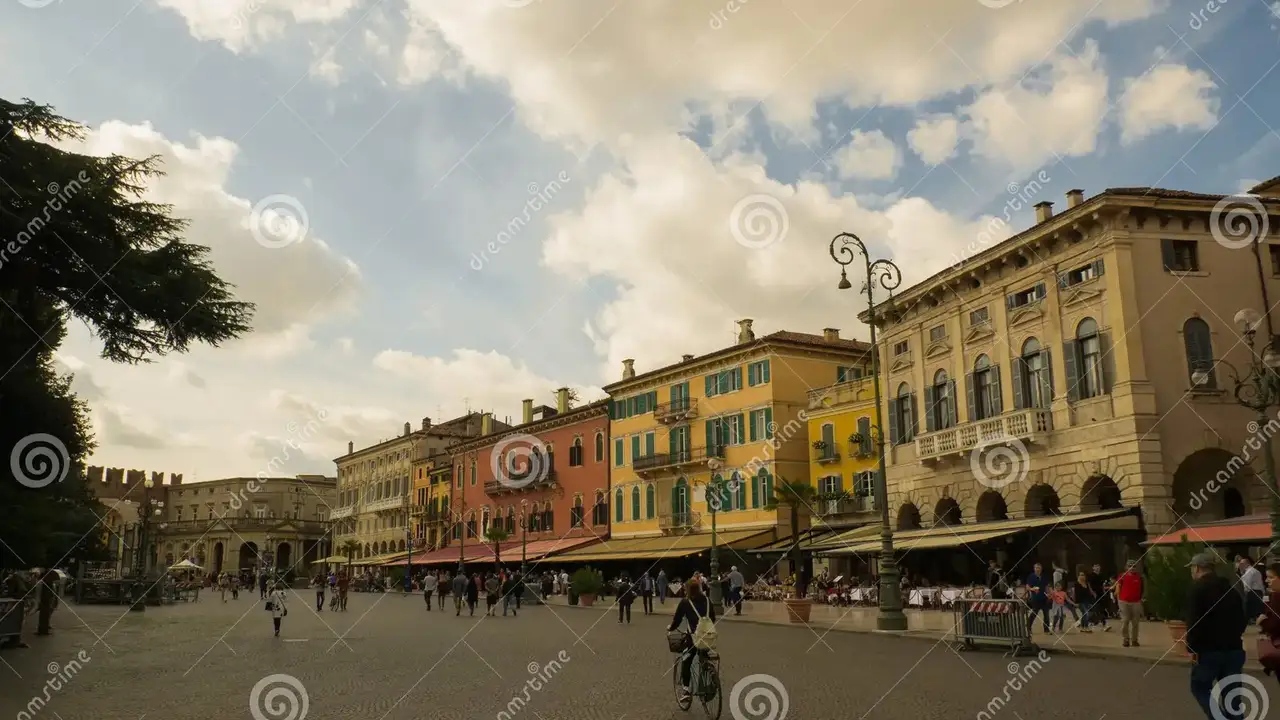Italian Gardens: A Guide to Italy's Most Beautiful Gardens

Explore the customs and beliefs of Italian traditions. Learn about family values, social etiquette, and regional customs. Experience the cultural richness of Italy.
Family Values in Italy The Heart of Italian Culture
Family is everything in Italy. It's not just a saying; it's a way of life. From the youngest bambino to the nonni (grandparents), everyone plays a vital role. Sunday lunches are sacred, and you can bet your bottom dollar that the whole family will be there, feasting on pasta and sharing stories. Extended families often live close by, providing a strong support system. This emphasis on family influences many aspects of Italian life, from business to social interactions.
Think of it this way: if you're invited to an Italian's home, you're not just meeting them; you're being welcomed into their family. This means showing respect for the elders, participating in conversations, and, of course, complimenting the food – even if you're not a fan of nonna's secret ingredient (we won't tell!).
Social Etiquette in Italy Navigating Italian Interactions
Navigating social interactions in Italy can be a bit like learning a new dance. There are unspoken rules and customs that, once understood, will help you blend in and avoid any cultural faux pas. Let's break down some key aspects:
Greetings and Introductions
When meeting someone for the first time, a handshake is the standard greeting. As you become better acquainted, a light kiss on both cheeks is common, especially among women and between men and women. However, the number of kisses can vary by region, so observe what others are doing and follow their lead. Always use formal titles like "Signore" (Mr.), "Signora" (Mrs.), or "Signorina" (Miss) until you are invited to use first names.
Dining Etiquette
Dining is an art form in Italy. Wait to be seated, even if the restaurant appears empty. Don't start eating until everyone at the table has been served. Keep your hands above the table, but not your elbows. Bread is usually served without butter, and it's perfectly acceptable to use it to soak up leftover sauce. Asking for Parmesan cheese for seafood dishes is generally frowned upon. And remember, tipping is not mandatory, but a small tip (5-10%) is appreciated for exceptional service.
Dress Code
Italians take pride in their appearance. While you don't need to dress to the nines all the time, it's important to be presentable. Avoid wearing overly casual clothing, especially when visiting churches or other religious sites. In general, dressing a bit more formally than you might at home will help you make a good impression.
Regional Customs in Italy Exploring Local Traditions
Italy is a land of diverse regions, each with its own unique customs and traditions. What's acceptable in one region might be slightly different in another. Here are a few examples:
Northern Italy
In regions like Lombardy and Veneto, you'll find a more business-oriented culture. Punctuality is highly valued, and communication tends to be more direct. Aperitivo is a popular tradition, with bars offering a wide selection of drinks and snacks in the early evening.
Central Italy
Tuscany and Umbria are known for their culinary traditions. Food is celebrated, and local ingredients are highly prized. Festivals and sagre (food festivals) are common throughout the year. The pace of life is generally more relaxed than in the north.
Southern Italy
In regions like Campania and Sicily, family ties are particularly strong. Hospitality is abundant, and you'll often be greeted with warmth and generosity. Religious traditions play a significant role in daily life. The siesta (afternoon rest) is still observed in some areas.
Religious Beliefs in Italy A Deeply Rooted Tradition
Religion, particularly Catholicism, has a profound influence on Italian culture. Churches and cathedrals are not just architectural marvels; they are centers of community and faith. Religious holidays are celebrated with great enthusiasm, and many traditions are rooted in religious beliefs.
When visiting churches, dress respectfully (cover your shoulders and knees). Be mindful of services and avoid making excessive noise. Even if you're not religious, appreciating the cultural significance of these sites will enhance your understanding of Italian society.
Superstitions and Beliefs in Italy From Good Luck Charms to Ancient Practices
Italians are known for their superstitions. From warding off bad luck to attracting good fortune, these beliefs are woven into the fabric of daily life. Here are a few common superstitions:
- Touching Iron (Toccare Ferro): Touching iron is believed to ward off bad luck. You might see Italians quickly touch a piece of metal when they hear something unlucky.
- The Number 13: While 13 is considered unlucky in many Western cultures, in Italy, it's the number 17 that's considered unlucky. This is because the Roman numeral for 17 (XVII) can be rearranged to spell "VIXI," which translates to "I have lived" or "My life is over."
- Pouring Wine: When pouring wine, never pour it with your left hand, as it's considered bad luck.
- Evil Eye (Malocchio): The evil eye is a curse believed to be cast by a malevolent glare. Italians often wear amulets or perform rituals to protect themselves from the malocchio.
Products Reflecting Italian Traditions and Beliefs
Several products embody and celebrate Italian traditions and beliefs. Here are a few examples, complete with usage scenarios, comparisons, and price points:
Cornetto Charm (Good Luck Horn)
Description: A small, horn-shaped amulet made of coral, gold, or silver, often worn as a necklace or keychain. It's believed to protect against the evil eye and bring good luck.
Usage Scenario: Wear it daily as a necklace, attach it to your keys, or hang it in your car for protection and good fortune.
Comparison:
- Coral Cornetto: More traditional, often handcrafted. Price: $50-$200+ depending on size and quality.
- Gold Cornetto: A more luxurious option. Price: $200-$500+ depending on gold content and design.
- Silver Cornetto: A more affordable option. Price: $30-$100 depending on size and design.
Where to Buy: Jewelry stores, souvenir shops, artisan markets throughout Italy.
Rosary Beads (Rosario)
Description: A string of beads used for prayer in the Catholic tradition. Often made of wood, glass, or precious stones.
Usage Scenario: Used for personal prayer, often carried in a pocket or purse. Can also be displayed in the home as a symbol of faith.
Comparison:
- Wooden Rosary: Simple and affordable. Price: $10-$30.
- Glass Bead Rosary: More decorative, comes in various colors. Price: $20-$50.
- Precious Stone Rosary: A more luxurious option, often made with gemstones like amethyst or rose quartz. Price: $100-$500+.
Where to Buy: Religious shops, churches, souvenir shops.
Handmade Ceramics (Ceramiche Artigianali)
Description: Hand-painted ceramic items, such as plates, bowls, vases, and figurines, often depicting traditional Italian scenes or motifs.
Usage Scenario: Used for serving food, decorating the home, or as collectible items.
Comparison:
- Deruta Ceramics: Known for its vibrant colors and intricate patterns. Price: $30-$500+ depending on the item and size.
- Vietri sul Mare Ceramics: Known for its coastal themes and bright colors. Price: $40-$600+ depending on the item and size.
- Caltagirone Ceramics: Known for its traditional Sicilian designs and figurines. Price: $50-$700+ depending on the item and size.
Where to Buy: Artisan workshops, markets, and specialty shops in the respective regions.
Espresso Maker (Moka Pot)
Description: An stovetop espresso maker, a staple in Italian homes. It is a symbol of the Italian coffee culture.
Usage Scenario: Used to brew espresso at home, a daily ritual for many Italians.
Comparison:
- Bialetti Moka Express: The classic and most well-known brand. Price: $30-$50.
- Alessi Moka Pot: A more stylish and modern option. Price: $80-$150.
- Giannini Moka Pot: A high-quality, stainless steel option. Price: $60-$100.
Where to Buy: Department stores, kitchenware stores, online retailers.
Limoncello
Description: A lemon liqueur primarily produced in Southern Italy, especially in the region around the Gulf of Naples, the Amalfi Coast, and Sicily. It is made from lemon zest, alcohol, water, and sugar.
Usage Scenario: Served chilled as an after-dinner digestivo. Also used in cocktails and desserts.
Comparison:
- Homemade Limoncello: Made with fresh lemons and local ingredients. Price: Varies.
- Premium Limoncello (e.g., Pallini): Known for its high quality and intense lemon flavor. Price: $25-$40.
- Mass-Produced Limoncello: More affordable but may lack the complexity of flavor. Price: $15-$25.
Where to Buy: Liquor stores, supermarkets, online retailers.
Experiencing Italian Traditions and Beliefs
The best way to truly understand Italian traditions and beliefs is to experience them firsthand. Attend a local festival, visit a church, try your hand at making pasta, and engage with the locals. Be open to learning and embracing the cultural differences. You'll find that the warmth and hospitality of the Italian people will make your journey unforgettable.
So, go ahead, plan your trip to Italy, and immerse yourself in the rich tapestry of Italian culture. You won't be disappointed!
:max_bytes(150000):strip_icc()/277019-baked-pork-chops-with-cream-of-mushroom-soup-DDMFS-beauty-4x3-BG-7505-5762b731cf30447d9cbbbbbf387beafa.jpg)





